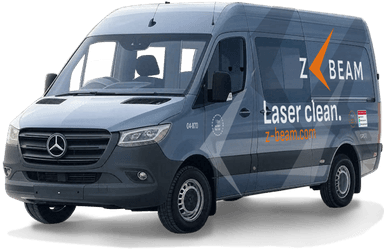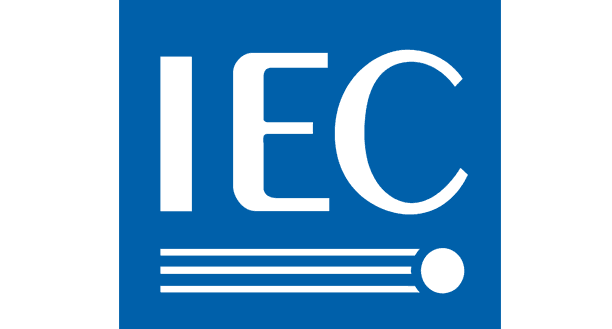
FDA
FDA 21 CFR 1040.10 - Laser Product Performance Standards



The key with Bluestone lies in its exceptional heat resistance among sedimentary stones, keeping the material stable during intense laser cleaning without spreading damage to surrounding areas—unlike what you'd see with more fragile limestones—and I've seen this property restore delicate heritage surfaces beautifully while maintaining their original integrity for years.
At 1000x magnification, the bluestone surface looks rough and clogged with dark grime. Layers of dirt stick tightly to the pores, hiding the stone's natural blue-gray tones. Scattered cracks show buildup that dulls the overall texture.
After laser treatment, the same view reveals a smooth, even surface free of contaminants. The original fine grains now stand out clearly without any residue. Fresh pores appear clean and open, bringing back the stone's subtle sheen.

FDA 21 CFR 1040.10 - Laser Product Performance Standards

ANSI Z136.1 - Safe Use of Lasers

IEC 60825 - Safety of Laser Products

OSHA 29 CFR 1926.95 - Personal Protective Equipment